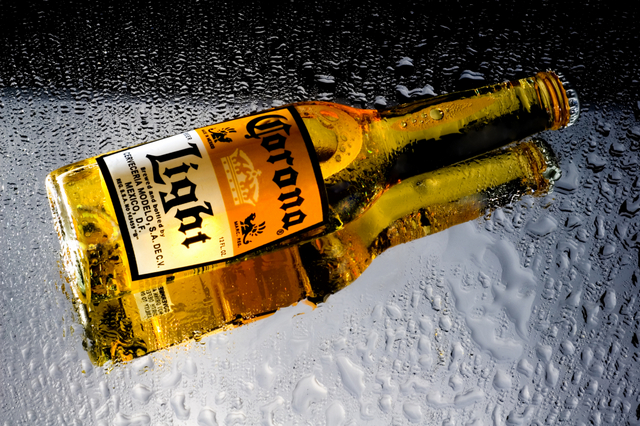
Constellation is a transnational beverage corporation with more than 100 brands, selling spirits (like Black Velvet and SVEDKA Vodka), wine (such as Ravens Wood and Wild Irish Rose) and soon pot (it just bought a 9.9 percent stake in Canopy Growth, one of the largest growers of marijuana in the world, based in Canada, and has plans for pot drinks). Constellation also makes lots and lots of beer. In fact, the company owns Ballast Point Brewing Co., has commercial rights to Crown Imports brands like Corona, Modelo and Pacífico in the United States (AB InBev owns them everywhere else) and added Florida’s Funky Buddha to its portfolio last year.
Even though it is based in New York, Constellation does a lot of brewing in Mexico — especially those famous Crown Imports brands that everyone is clamoring for these days (light Mexican import beers being a substantial growth market in the United States). In fact, Constellation’s Nava Brewery is one of the largest in the world. It’s located in the northern state of Coahuila, about 13 miles from the border town of Piedras Negras. Watch this video on the facility. For some dumb reason, Vimeo and Constellation wouldn’t let me embed it.
Now Constellation Brands is looking to build another enormous brewing facility in Mexicali (the capital city of the Mexican state of Baja California), but locals (especially local farmers) who rely heavily on diminishing regional water supplies aren’t too happy about it. The project is scheduled for completion in late 2019 or early 2020 and includes a state-of-the-art brewery that will cost more than $1 billion and includes 750 permanent jobs. It is also expected to mainly make products for American consumption, producing some 132 million gallons of beer annually, which will take a lot of water (as you might expect). Local folks are already protesting. From the San Diego Union-Tribune:
Alfonso Cortéz Lara, a researcher at the Colegio de la Frontera Norte, said misgivings over the plant have persisted in the Mexicali Valley, a historically agricultural region. “There is doubt because the water is going to an activity that is not necessarily going to bring benefits to this region, ones that are tangible, observable, measurable.”
Tensions flared earlier this month as several dozen protesters blocked workers from digging a trench for an aqueduct to the facility. They threw rocks and dirt at state and municipal police who moved in on the crowd, and one protester drove a vehicle into a line of officers, who were not injured. The police, protected with riot shields but unarmed, also threw rocks at the crowd, according to journalists covering the event.
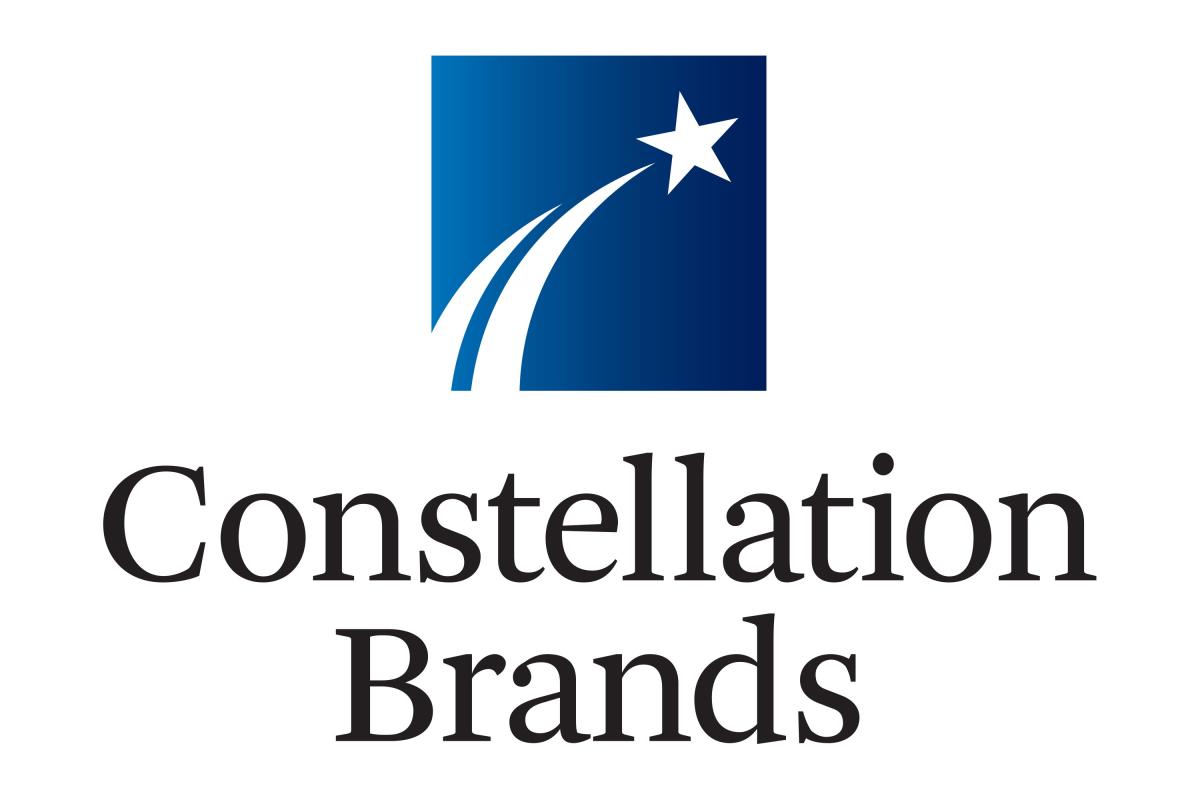 Locals are accusing the government of corruption, and a Change.org petition has more than 26,000 signatures, stating: “By signing long-term commitments with this transnational export, guaranteeing 20 million cubic meters a year of state waters, in an area of extreme shortage of vital liquid, you put at risk the human right to water of current and future generations in the State of Baja California.” Sounds like a valid argument, but how much water will be Constellation actually be using? Each side seems to have a different answer. Back to the San Diego Union-Tribune article:
Locals are accusing the government of corruption, and a Change.org petition has more than 26,000 signatures, stating: “By signing long-term commitments with this transnational export, guaranteeing 20 million cubic meters a year of state waters, in an area of extreme shortage of vital liquid, you put at risk the human right to water of current and future generations in the State of Baja California.” Sounds like a valid argument, but how much water will be Constellation actually be using? Each side seems to have a different answer. Back to the San Diego Union-Tribune article:
Bonfante, the economic development secretary, said that at maximum capacity, the plant would draw less than seven million cubic meters annually, about 1.8 billion gallons, a quantity that he said would irrigate about 750 hectares of wheat. “This represents .03 percent of the water available in Mexicali, it’s an insignificant quantity,” he said.
Opponents say the plant will consume nearly three times that amount. Last year, their protests led to the state canceling construction of a 30-mile aqueduct to deliver water after protesters said the officials had failed to obtain an environmental permit. The company said it would not be deterred, and would proceed with its own plan.
We’ll keep you updated.

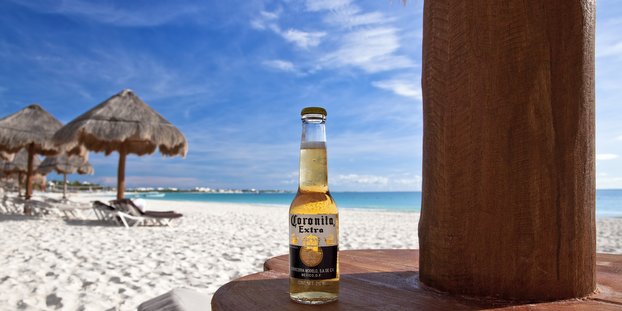
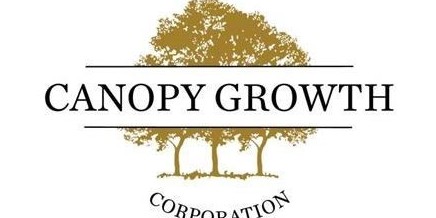
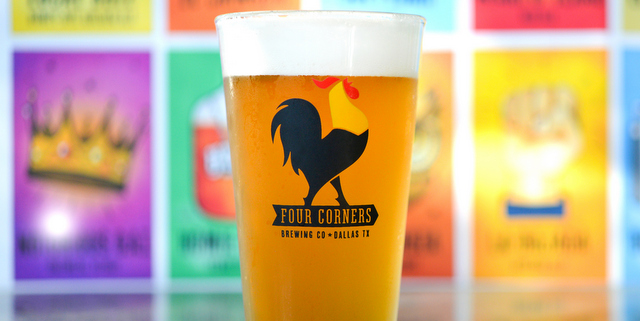


Leave a Reply
You must be logged in to post a comment.